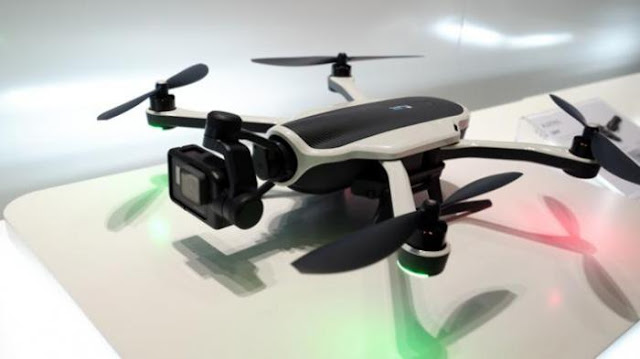
The chipset maker made more than 1,000 drone flight tests. Throughout the test, the drones can fly and be controlled using 4G LTE signals.
In addition, because it uses 4G LTE signal then the drone can always connect to the internet. Activities such as live streaming or other data-based communications can also be done.
However, as reported from Engadget, control using the 4G LTE signal has a height limit. As far as testing, the drones can still be connected to 4G LTE signals up to a maximum of 121 meters.
The drone is also equipped with software capable of selecting signal strength. The software makes the drone automatically connected to the base transceiver station (BTS) with the strongest 4G LTE signal.
This test is still an early stage. Once it is proven that the 4G LTE signal can be used to control the drone, in the next stage Qualcomm will do another development.
Some of these developments are minimizing signal interference that typically occurs at altitudes, thus amplifying the emission signal so as to allow more drone-based 4G LTE to fly simultaneously.
In addition Qualcomm also intends to modify the signal strength scanner software on the drone. The hope for signal selection ability to be better and more effective.
Now Qualcomm has shared the results of this research to 3GPP telecommunication organizations. Do not rule out this 4G LTE drone technology can be realized in the near future.


